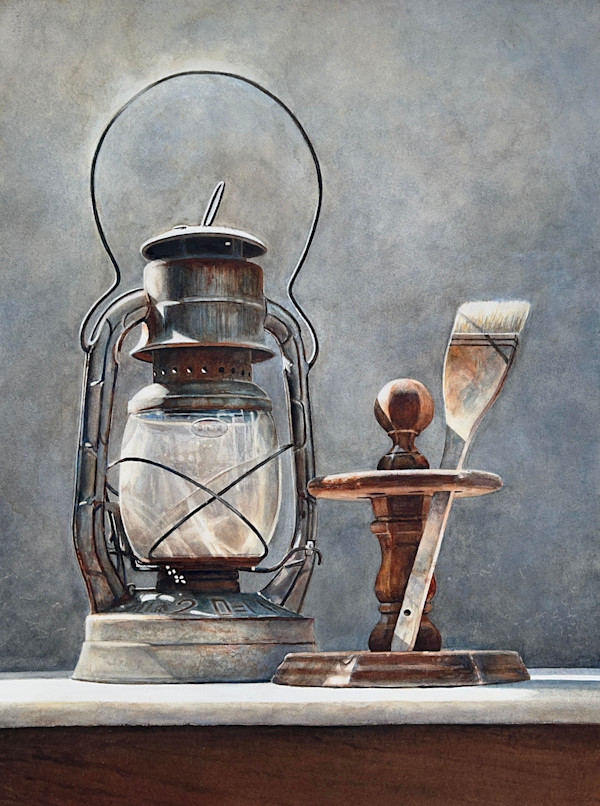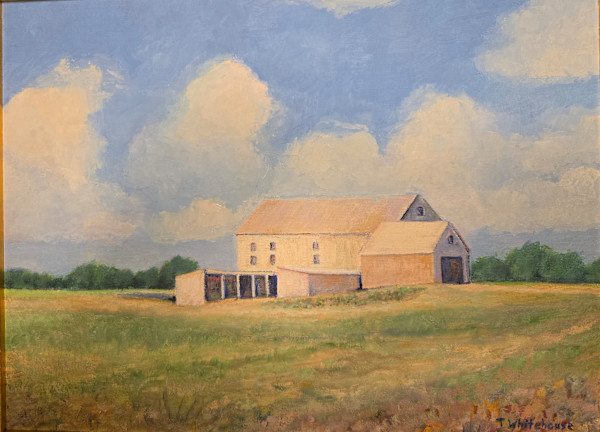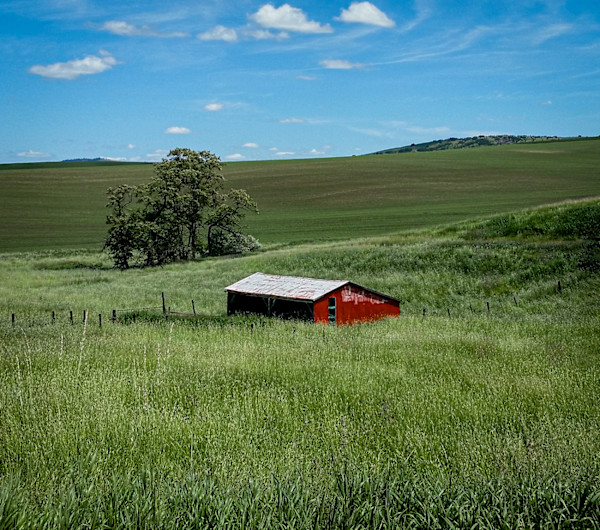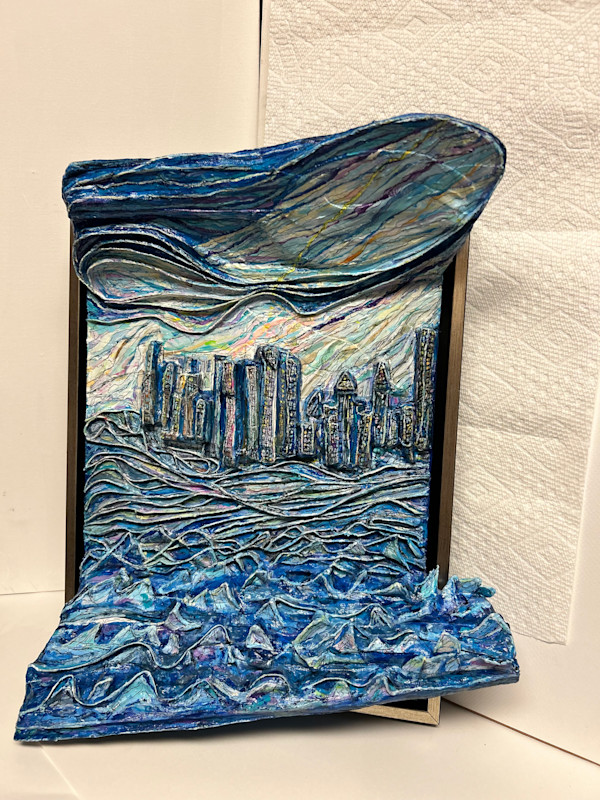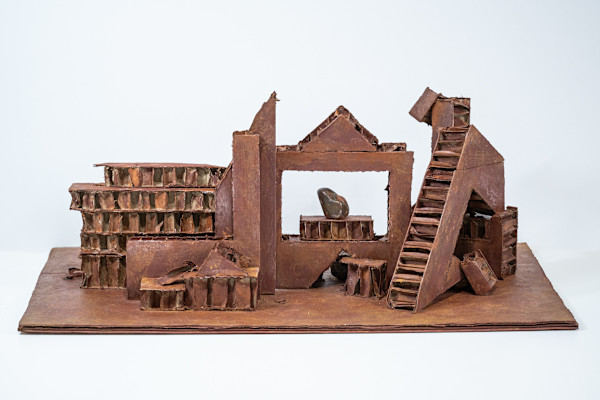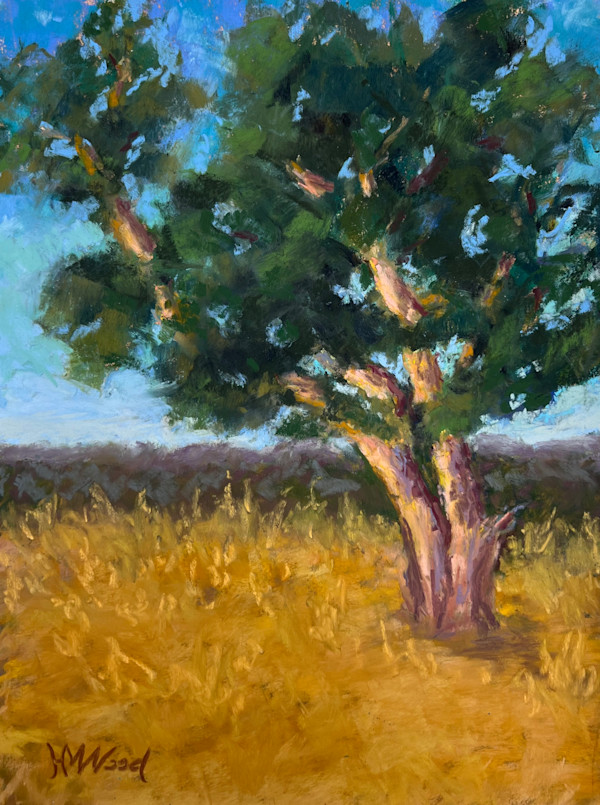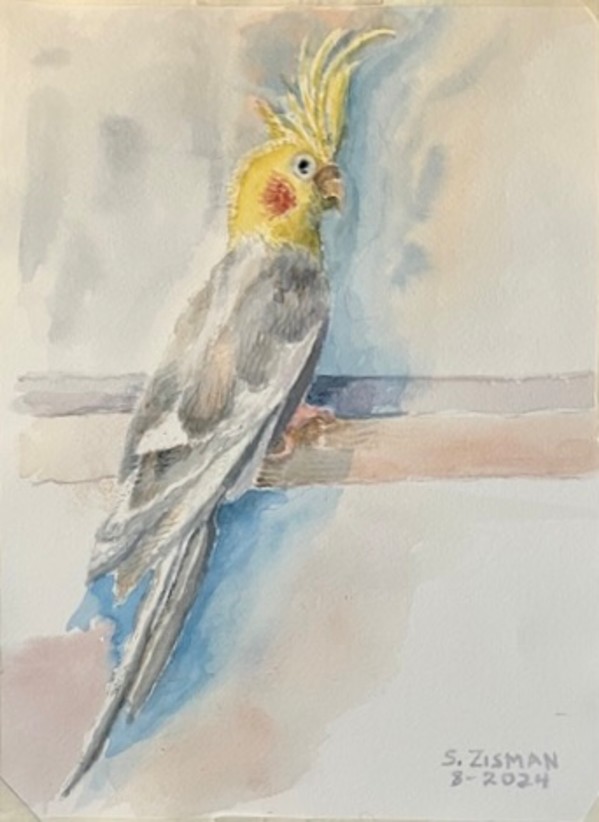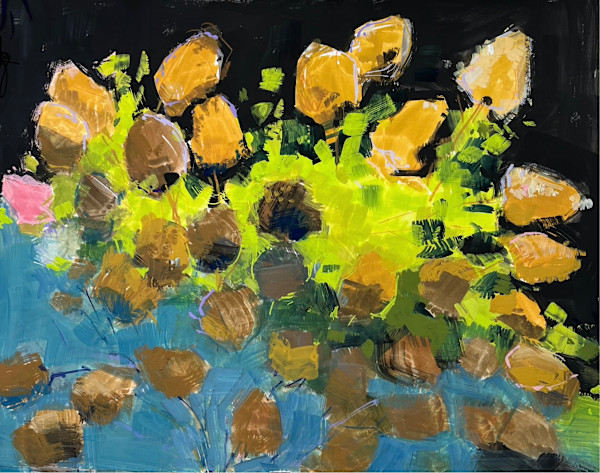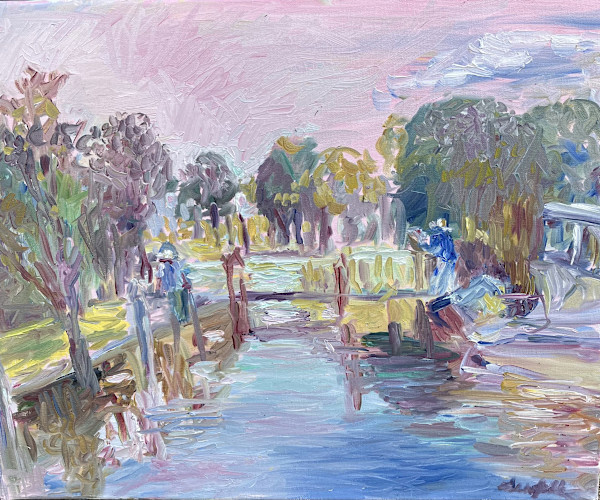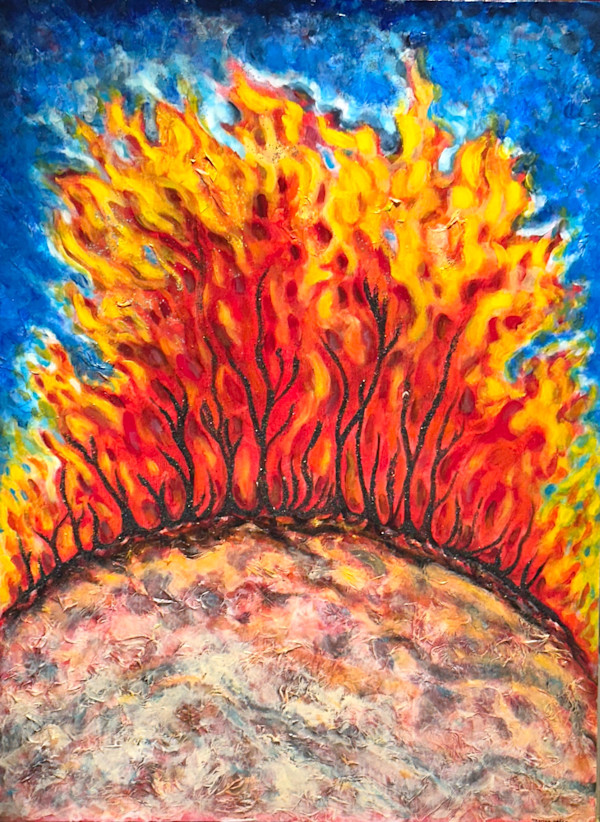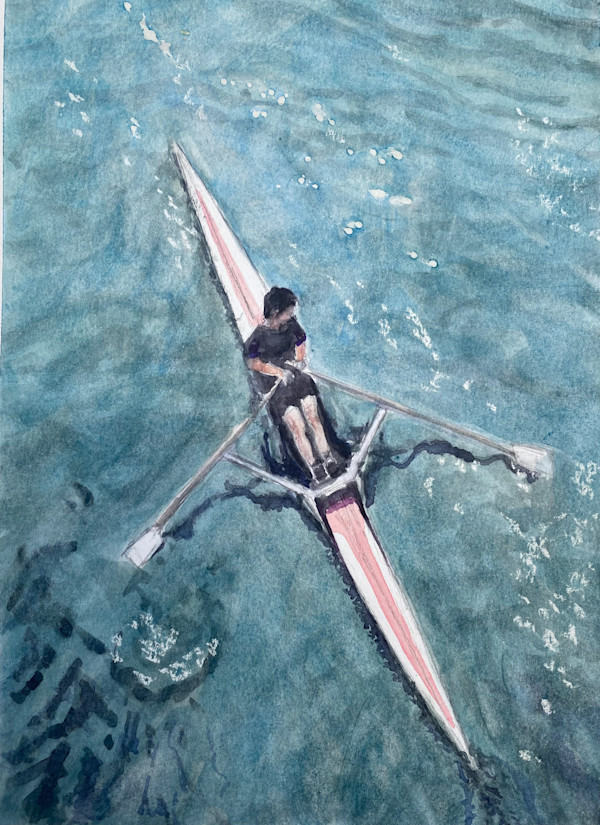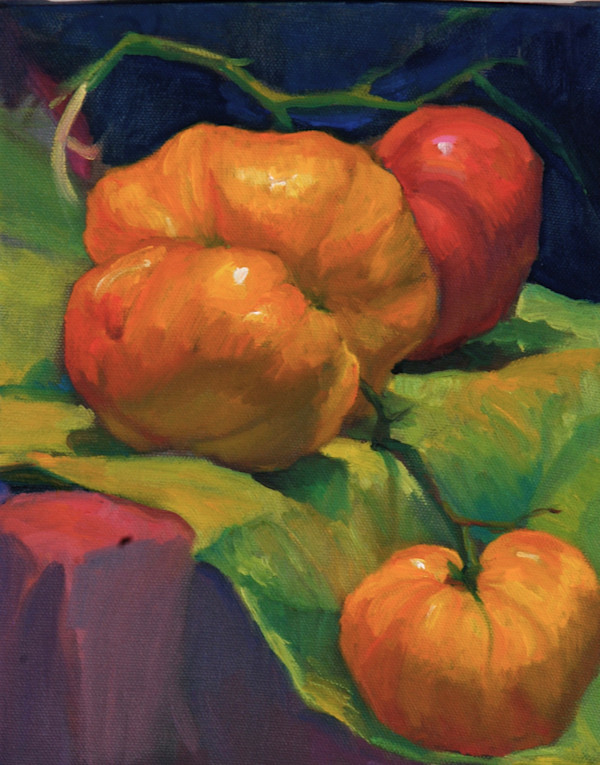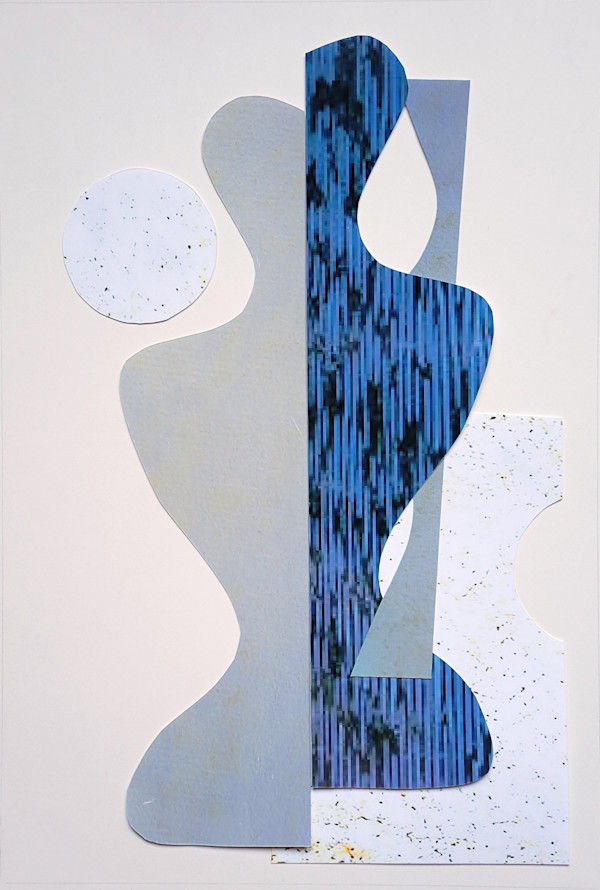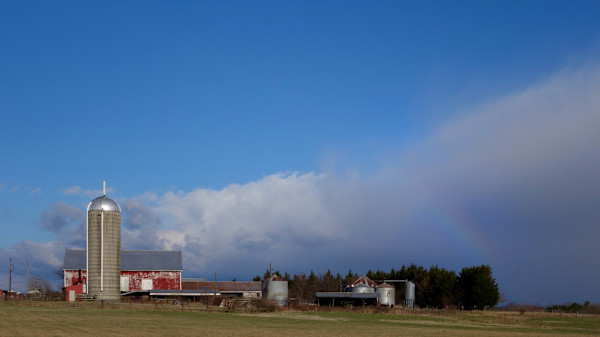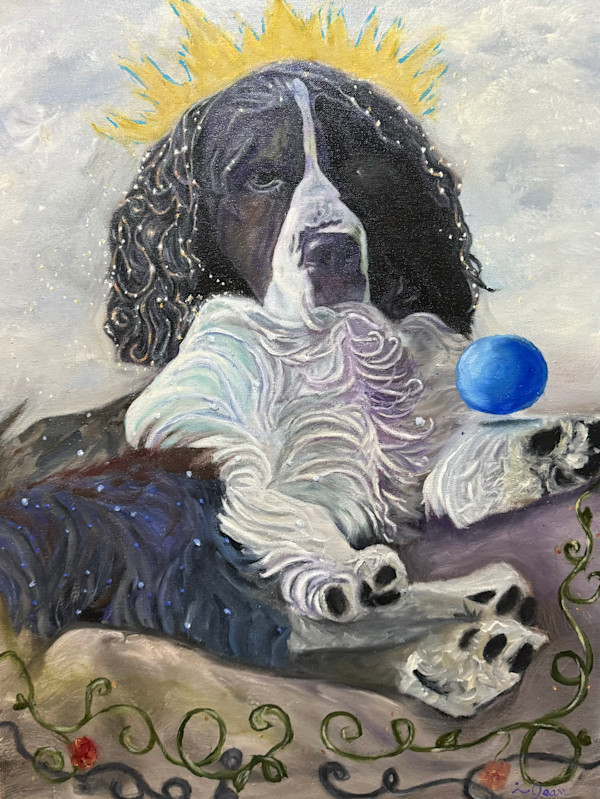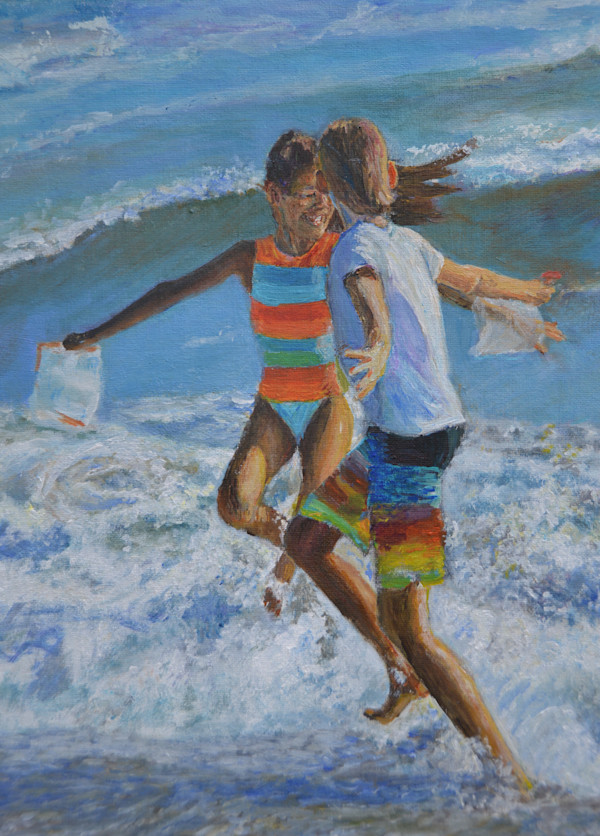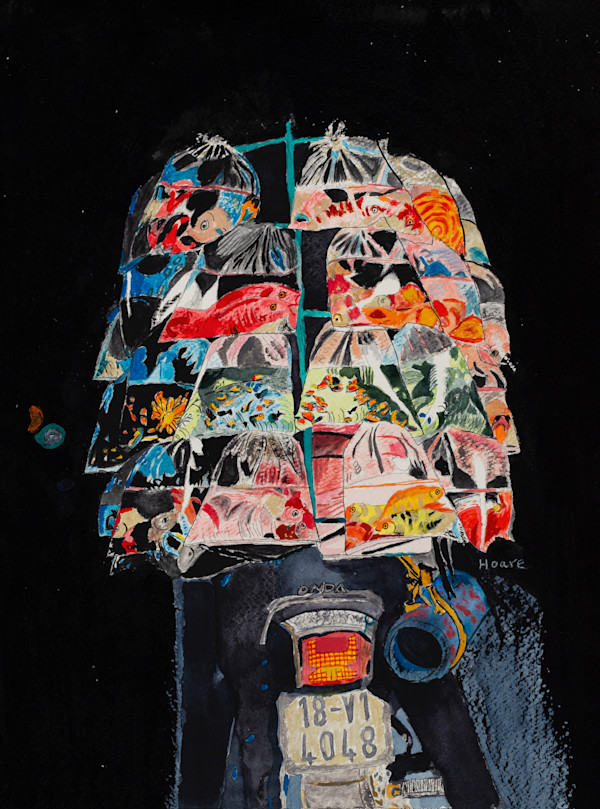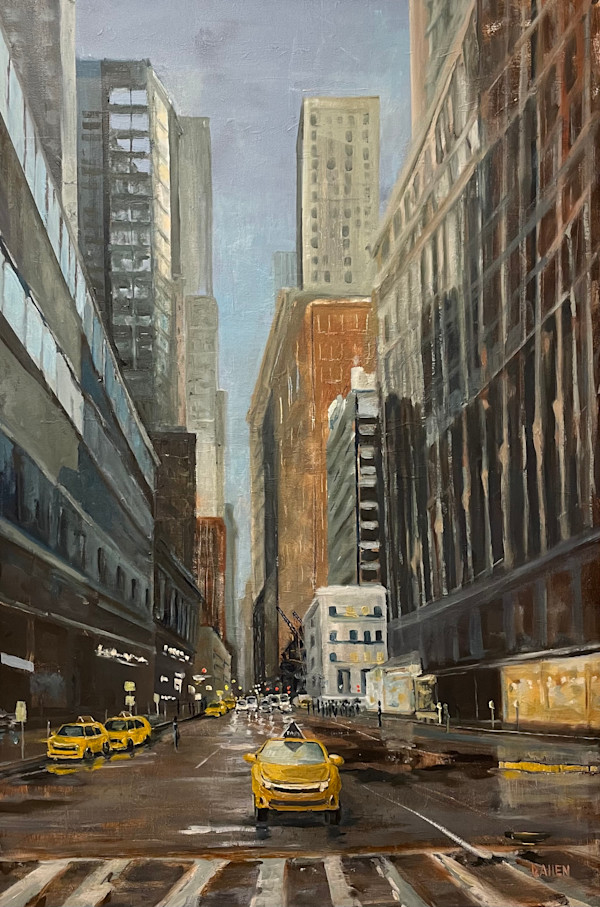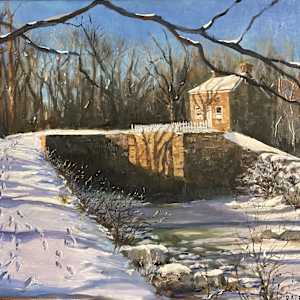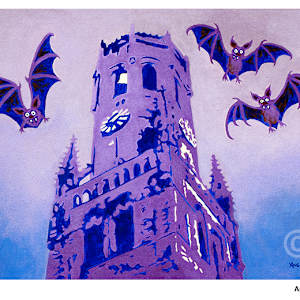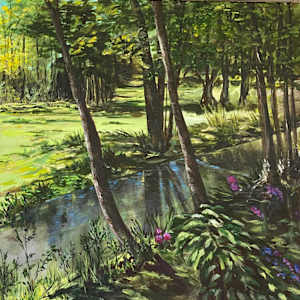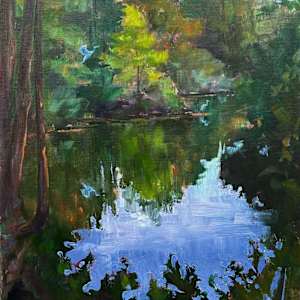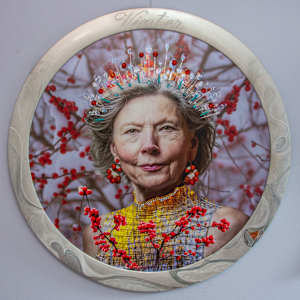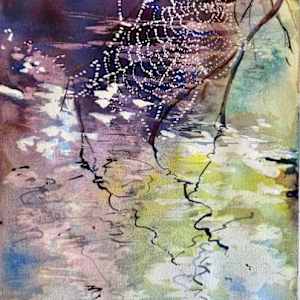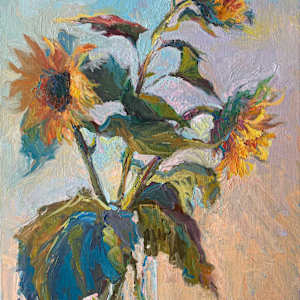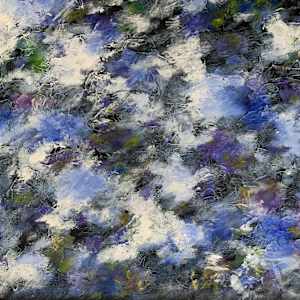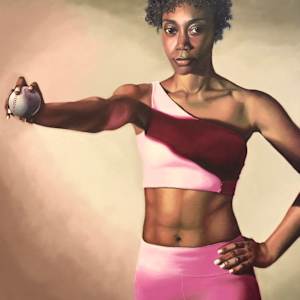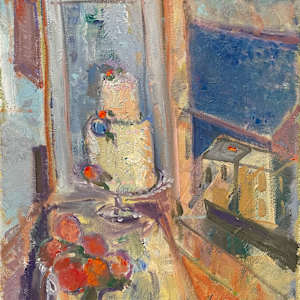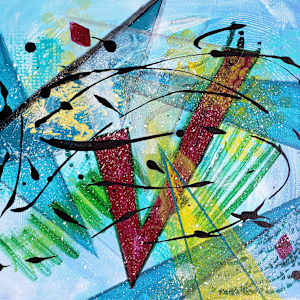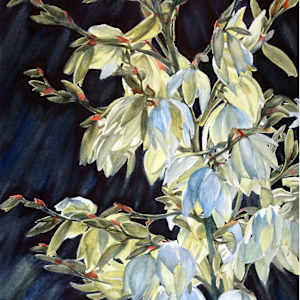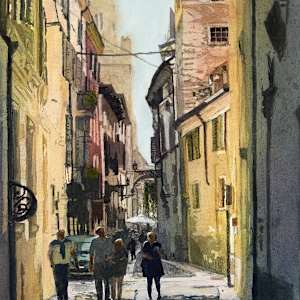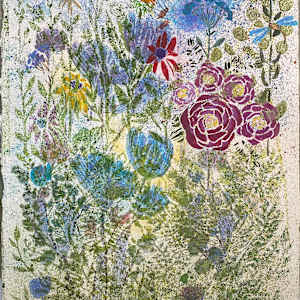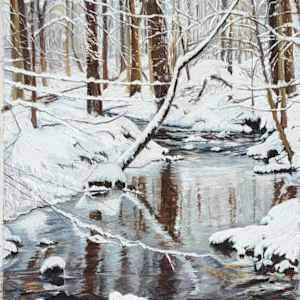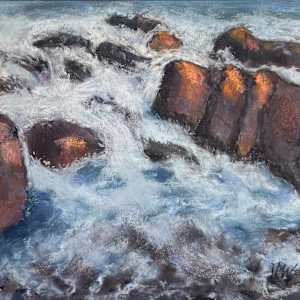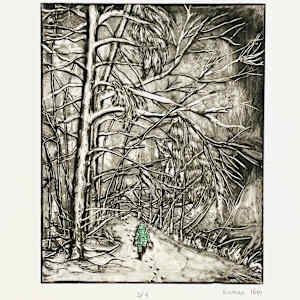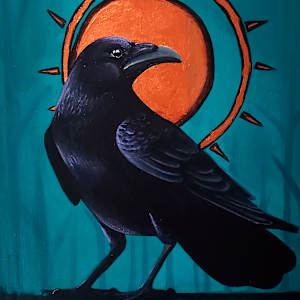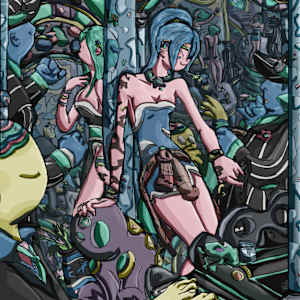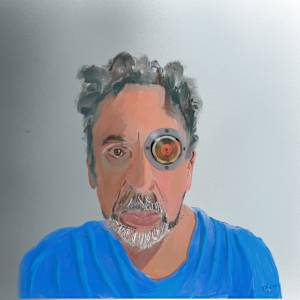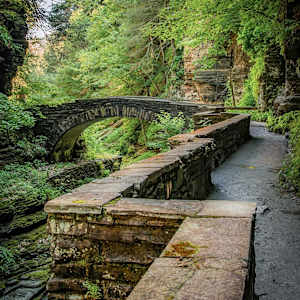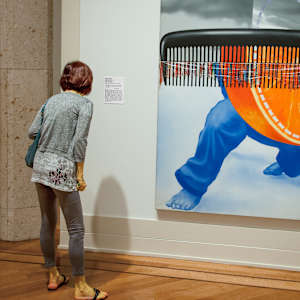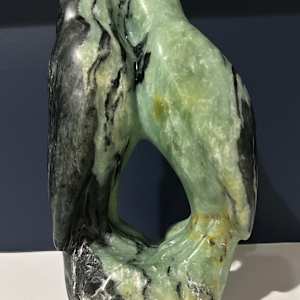RAL Juried Winter Show 2024/5
- December 08, 2024 - January 17, 2025

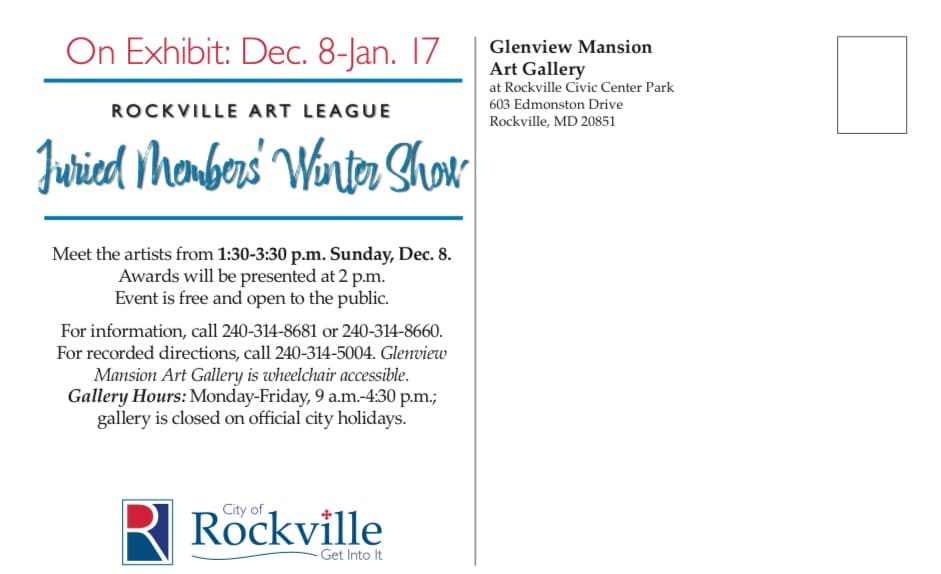
The Rockville Art League hosts two large juried member shows a year in a variety of mediums and styles. This winter we are honored to have Dr. Lorena Bradford jury this large multimedia show in these six categories of work: oils and acrylics; watercolors; mixed media; pastels, drawings, hand-pulled prints; sculpture and photography.
The Rockville Art League was founded in 1957 by a collective of artists in Rockville, Maryland, and the surrounding area to promote the development of the fine arts within its membership and the community. We are a group of over 150 artists. For more information, please visit RockvilleArtLeague.org.
This beautiful multimedia show is on exhibit at the Glenview Mansion Art Gallery. Glenview Mansion is located at the Rockville Civic Center Park, 603 Edmonston Dr.
For information call 240-314-8681 and for recorded directions 240-314-5004. The event and exhibit are free and open to the public.
The art gallery is located on the second floor and is accessible by stairs and there is an ELEVATOR to all levels of the gallery. There is plenty of parking in the lot below and accessible parking near the back entrance. Glenview is open weekdays, Monday - Friday, 9am-4:30pm. It is closed on official city holidays and for private events. Please call or check their website before visiting.
Remarks by Judge Lorena Bradford:
Congratulations to everyone – you made this show incredibly difficult to judge! As I wandered among the rooms displaying your work, simultaneously relishing my experience with each piece and moping because I had to somehow rank it, I got to musing about what, exactly, I was prioritizing in my choices and about the qualities that drew me to individual works.
This got me thinking about the lenses through which we view and experience works of art, and how I used those lenses to approach and gauge the first-place award winners and Best in Show. One lens is appreciating the way an artist uses the elements of art and principles of design in expert or unexpected ways. Other lenses could be our connection to specific subject matter and/or responding to the mood an artist encapsulates.
There are works that resonate with us on personal levels, of course, because they evoke a memory, capture a feeling, or remind us of something familiar. Digging deeper, though, we can also notice our personal experience of experiencing art as it happens. This is a particularly powerful lens for me. I want to be surprised, confused, challenged, or compelled to action. I want a work to demand that I take a second look, that I backtrack, stoop, or peer closer. I am also delighted when a work engages with the history of art, whether intended by the artist or not – and that is the lens was played an important role as I explored your pieces for this show.
It is at this point that I feel I should disclose my academic, art-historical background is in seventeenth-century Dutch painting and printmaking. Two works initially grabbed my attention because they echoed something I connect with that period. Karen Norman’s composition "2D" elevates the ordinary to the monumental in a way that recalls the work of still-life masters in the period traditionally called the Golden Age of Dutch painting. More subtle and powerful than that, though, was that Karen’s painting seems to answer a simple question: how does an artist make work using only gray and brown luminous and beautiful? As someone who adores color, I found myself entranced by the simplicity of Karen’s color palette and the powerful scale of her work.
The first-place winner in the photography category, Mauricio Athie’s "Rincón de Chapala", reminded me of the low horizons and huge skies with gobs of towering clouds of Dutch landscape paintings. Photography, perhaps more than other media, needs some luck in addition to the artist’s persistence and technical skill. A breathtaking moment like this cannot be captured if it doesn’t happen, but it also belies the hours (or days, weeks) spent waiting for that moment.
Liliane Blom’s exceptional piece "Late Winter" overturns the tropes associated with the most persistent visualizations about aging. Once printmaking took off as a medium in its own right in Europe in the sixteenth century, the most popular prints were actually series of prints, specifically allegories of subjects like the senses, continents, seasons, and the ages of man. Often the final two were conflated – that is, an allegory of winter would also be an allegory of old age. Then and in the centuries that followed (including our own), aging is not often showed as a dignified process. One could simply not be more poised and self-possessed than the woman in Liliane’s "Late Winter."
Shifting to more modern associations, A. Barry Belman’s "Love Birds" reminded me of Constantin Brâncusi’s sleek abstraction and Auguste Rodin’s tender blending of the boundaries between the loved and the beloved in his work. The quiet stillness of Patrick Sieg’s "In the Weeds, Stonington, ME" make me think about an echoing stillness we find in the work of Edward Hopper. The tethered boat and dark house embody the architecture of daily life – the implied presence of people in an empty landscape. That and the silvery overtones of much of the painting brought the work of Andrew Wyeth to mind.
Susan Moses’s "Hong Kong Night View" is somehow both luminous and hushed. I like when a work of art requires our eyes to adjust – to brightness or dimness – the way they do when we walk into a room on a sunny day or vice versa. As our eyes adjust to Susan’s watercolor, what first strikes us as black shadow, black buildings, and black water fractures into an impossible range of blues and purples. Nocturnes have been a subgenre of landscape for centuries, and they continue to stand out in a big way.
Helen Wood’s "African Marula" uses the properties of pastel to their fullest and yet, somehow, doesn’t look like a pastel at first glance. It forces a second look to take in the juxtaposition of unexpected crispness against unexpected looseness rendered in a particularly fickle medium.
My interactions with the Rockville Art League are always rich and profound. Thank you all for a personally moving journey as I engaged with your work. Thanks also, as always, to Lisa and Patrick Sieg for all their help in navigating process from submission through the final selection. I’m really glad you brought me back – it was lovely to be in the company of the RAL artists again!

